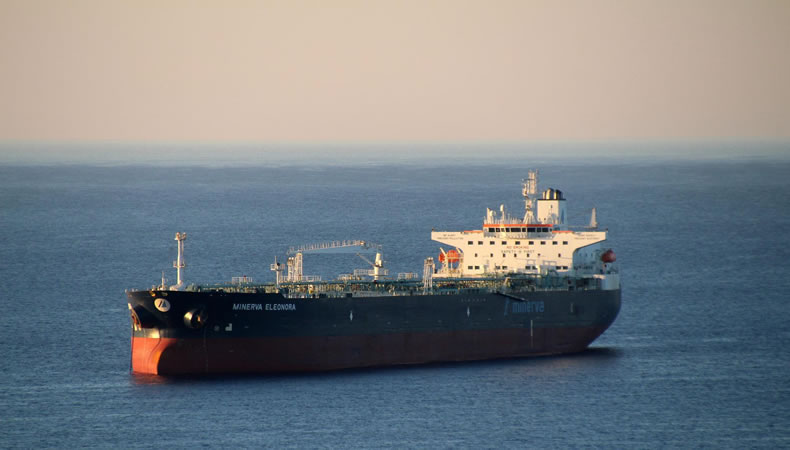United nations is seeking 144 million dollar required to prevent a tanker disaster in Yemen


According to David Gressly, the United Nations humanitarian coordinator for Yemen, the sum includes $80 million for the transfer of the FSO Safer’s more than 1 million barrels of crude oil to storage.
The United Nations and the Netherlands organized the pledge conference, which comes more than two months after the UN and Yemen’s Houthi rebels negotiated a deal to transfer the tanker’s cargo to another vessel. A UN promise to create a “alternative equal to the FSO Safer suitable for export” within 18 months is also included in the agreement.
Secretary-General Antonio Guterres has requested funding to carry out the United Nations’ plan with the Houthis to avoid a tragedy that may hinder transportation across the Red Sea and the Suez Canal.
Related Posts
In a video address to the pledge conference, he said, “Today’s event is a key step in preventing a disaster that would harm Yemen, the region, and the globe.”
The Houthis, who are supported by Iran, dominate Yemen’s western Red Sea ports, including Ras Issa, which is only 6 kilometers (4 miles) from where the FSO Safer has been anchored since the 1980s.
More than two months after signing the memorandum of agreement, the Houthis chastised the UN for reportedly “not presenting an operational plan” to maintain the tanker, a comment that might hinder UN efforts to gather funding.
The United Nations has not yet responded on the Houthi claims, although it has previously accused the rebels of delaying maintenance plans.
According to Gressly, the ship is progressively rusting and decaying, and it might blow up, inflicting tremendous environmental harm to Red Sea marine life, desalination plants, and international commerce routes.
“With each passing day, month, and year, the likelihood of the vessel breaking apart and spilling its contents rises,” he told reporters earlier this week.
According to Gressly, the United Nations estimates that merely cleaning up an oil leak would cost over $20 billion, affecting nations such as Saudi Arabia, Djibouti, and Eritrea. He also stated that the first part of the salvage should be completed by the end of September, else the ship would be subjected to strong winds beginning in October.
In the 1980s, the Yemeni government bought the Japanese-built ship to hold up to 3 million barrels of export oil extracted from fields in Marib governorate, which is now a battleground. The ship has 34 storage tanks and is 360 meters (1,181 ft) long.
Annual maintenance of the ship has been suspended since 2015. After the Saudi-led coalition entered Yemen’s civil war in 2015 on the side of the internationally recognized government, all but ten crew members were removed off the vessel.
The crisis in Yemen began in 2014, when the Houthis seized control of the capital and much of the country’s north, forcing the government to retreat to the south and subsequently to Saudi Arabia.
Seawater has entered the tanker’s engine compartment, causing pipe damage and increasing the risk of sinking, according to internal papers acquired by The Associated Press in 2020. Rust has encrusted portions of the tanker, and the inert gas that keeps the tanks from accumulating dangerous gases has spilled. According to an AP story, experts believe maintenance is no longer viable since the ship’s damage is permanent.
The United Nations has repeatedly warned that the tanker might spill four times as much oil as the Exxon Valdez tragedy off the coast of Alaska in 1989.













